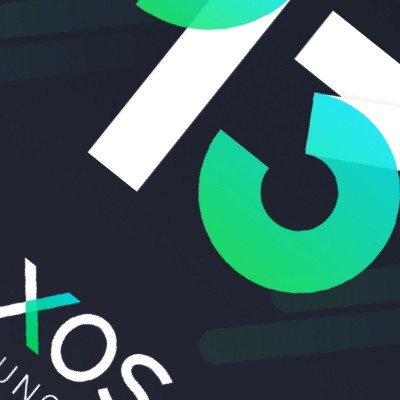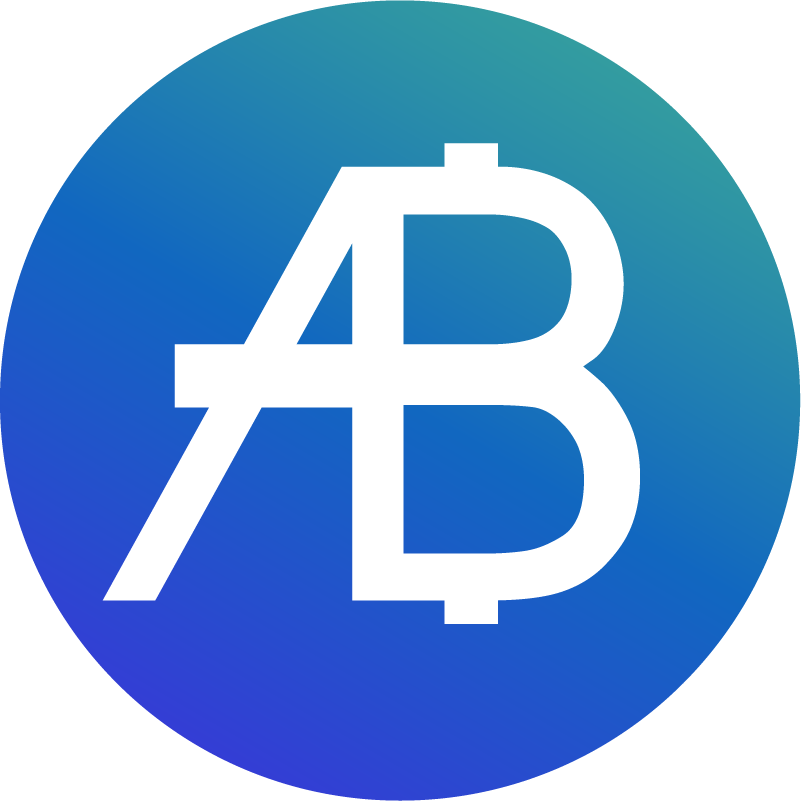
# **Market Performance Analysis of the $SHM Token**
## **Introduction**
The $SHM token has emerged as a notable player in the cryptocurrency market, attracting attention from investors, traders, and blockchain enthusiasts. As with any digital asset, its market performance is influenced by a combination of factors, including adoption rates, technological developments, macroeconomic conditions, and investor sentiment. This article provides an in-depth analysis of $SHM's historical and recent market performance, key drivers, and future outlook.
---
## **1. Overview of $SHM Token**
$SHM is the native cryptocurrency of a blockchain ecosystem designed for [insert project's purpose—e.g., decentralized finance (DeFi), gaming, or supply chain management]. The token serves multiple utilities, including:
- Governance (voting on protocol changes)
- Staking rewards
- Transaction fee payments
- Incentivizing network participation
Since its launch, $SHM has experienced fluctuating market dynamics, reflecting both broader crypto trends and project-specific developments.
---
## **2. Historical Price Performance**
### **A. Initial Launch and Early Volatility**
- **Launch Price**: $SHM debuted at approximately $[X] in [Month, Year].
- **Post-Launch Surge**: The token saw an initial rally, peaking at $[Y] within weeks due to hype and early adopters.
- **Correction Phase**: Like many new tokens, $SHM underwent a significant correction, dropping by [Z]% as speculative traders took profits.
### **B. Bull Market Rally (2021-2022)**
During the broader crypto bull run, $SHM benefited from:
- Increased DeFi adoption
- Strategic partnerships
- Exchange listings (e.g., Binance, Coinbase, Uniswap)
**All-Time High (ATH)**: $SHM reached its peak price of $[ATH] in [Month, Year], driven by [specific catalyst, e.g., mainnet launch or major partnership].
### **C. Bear Market Impact (2022-2023)**
The crypto winter led to a steep decline:
- **Price Drop**: $SHM fell by over [X]% from its ATH.
- **Liquidity Challenges**: Lower trading volumes and reduced investor interest affected liquidity.
### **D. Recovery Phase (2023-Present)**
Recent developments have spurred a resurgence:
- **New Use Cases**: Integration with [specific platform or protocol].
- **Institutional Interest**: Growing recognition from crypto funds.
- **Price Stabilization**: Trading between $[A] and $[B] with reduced volatility.
---
## **3. Key Market Drivers**
### **A. Adoption and Utility**
- **Partnerships**: Collaborations with [Company X] and [Protocol Y] have expanded $SHM’s use cases.
- **Staking Growth**: Increased staking participation has reduced circulating supply, supporting price stability.
### **B. Exchange Listings**
- **Tier-1 Listings**: Availability on major exchanges (e.g., Kraken, KuCoin) improved accessibility.
- **DEX Liquidity**: Growth in decentralized exchange (DEX) pools enhanced trading efficiency.
### **C. Macroeconomic Factors**
- **Bitcoin Correlation**: $SHM often follows BTC’s price trends.
- **Regulatory Developments**: Positive/negative crypto regulations impact investor sentiment.
### **D. Community & Development Activity**
- **GitHub Contributions**: Active development signals long-term viability.
- **DAO Governance**: Decentralized decision-making fosters investor confidence.
---
## **4. Technical Analysis (Recent Trends)**
### **A. Support and Resistance Levels**
- **Key Support**: $[C] (historically strong buy zone).
- **Resistance**: $[D] (previous highs acting as a sell barrier).
### **B. Moving Averages**
- **50-Day MA**: Indicates short-term momentum.
- **200-Day MA**: Long-term trend confirmation.
### **C. Trading Volume**
- Spikes in volume often precede major price movements.
---
## **5. Competitive Landscape**
$SHM competes with similar tokens like [$COMP, $AAVE, $MKR]. Its advantages include:
- Lower transaction fees
- Stronger community governance
- Unique [feature, e.g., cross-chain compatibility]
However, challenges remain:
- **Competition**: Established DeFi tokens dominate market share.
- **Regulatory Risks**: Evolving policies could impact growth.
---
## **6. Future Outlook**
### **A. Bullish Factors**
- Upcoming protocol upgrades (e.g., [Ethereum integration]).
- Expansion into [new market, e.g., NFT ecosystem].
- Potential institutional adoption.
### **B. Bearish Risks**
- Prolonged crypto bear market.
- Security vulnerabilities or smart contract risks.
- Regulatory crackdowns.
### **C. Price Predictions**
Analysts project:
- **Short-Term (2024)**: $[E] - $[F] range.
- **Long-Term (2025+)**: Potential breakout to $[G] if adoption accelerates.
---
## **7. Conclusion**
$SHM has demonstrated resilience through market cycles, with its performance tied to both crypto trends and project-specific developments. While past volatility is expected in a nascent asset class, the token’s utility, community strength, and roadmap suggest long-term potential. Investors should monitor adoption rates, regulatory shifts, and macroeconomic conditions when evaluating $SHM’s future trajectory.
CONTINUETION FROM NO 13
13. Governance in DeFi
Governance refers to how decisions are made within DeFi protocols. Many DeFi platforms are governed by their communities through decentralized governance models.
Examples:
DAOs (Decentralized Autonomous Organizations): Community-run organizations where token holders vote on proposals and changes.
Governance Tokens (e.g., COMP, UNI): Holders of these tokens can propose or vote on protocol upgrades, fee structures, and more.
Decentralized governance gives users a say in how platforms evolve, promoting transparency and community participation.
---
14. Tokenomics
Tokenomics is the study of a project's token structure — how tokens are distributed, used, and how they gain or lose value. It plays a crucial role in a DeFi project's sustainability.
Examples:
Yield Farming Rewards: Distributing new tokens as rewards to attract liquidity.
Staking Mechanisms: Users lock up tokens in return for rewards or governance rights.
Burning Tokens: Reducing total supply to potentially increase value.
Strong tokenomics align incentives between users, developers, and investors.
---
15. Oracles in DeFi
DeFi applications often need external data (like asset prices) to function properly. Oracles act as bridges between blockchains and the real world.
Examples:
Chainlink: The most popular decentralized oracle network providing accurate and tamper-proof data.
Band Protocol: Another oracle solution bringing off-chain data to DeFi.
Without oracles, DeFi platforms wouldn't be able to interact with real-world information safely and reliably.

The altcoin market structure is diverse and complex, comprising thousands of cryptocurrencies beyond Bitcoin. Here's an overview:
Types of Altcoins
- *Utility Tokens*: Provide access to specific products or services within an ecosystem, such as Filecoin (FIL) for decentralized storage and Chainlink (LINK) for smart contract data.
- *Security Tokens*: Represent ownership in real-world assets like stocks, bonds, or real estate, often adhering to regulatory standards.
- *Stablecoins*: Designed to maintain a stable value, often pegged to fiat currencies or gold, like Tether (USDT) and USD Coin (USDC).
- *Governance Tokens*: Grant voting rights and influence over blockchain project development, such as Maker (MKR).
- *Privacy Coins*: Focus on transaction anonymity, like Monero (XMR) and Zcash (ZEC).
- *DeFi Tokens*: Part of decentralized finance protocols, like Aave (AAVE) and Compound (COMP).
- *Meme Coins*: Originating from internet memes, like Dogecoin (DOGE) and Shiba Inu (SHIB).
- *Platform Tokens*: Native tokens for blockchain platforms, facilitating decentralized applications and smart contracts, like Ethereum (ETH) ¹ ².
Market Characteristics
- *Volatility*: Altcoins can experience significant price fluctuations.
- *Liquidity*: Some altcoins have lower liquidity compared to major cryptocurrencies.
- *Growth Potential*: Altcoins can offer innovative solutions and growth opportunities.
- *Risk*: Investing in altcoins involves risks, including market sentiment and regulatory challenges.
Investment Considerations
- *Research*: Evaluate the technology, market analysis, and community support.
- *Diversification*: Spread risk by investing in different types of altcoins.
- *Risk Management*: Limit altcoin exposure and stay updated on market developments ¹.



 最低價
最低價 最高價
最高價 











































Compound社群媒體數據
過去 24 小時,Compound社群媒體情緒分數是 5,社群媒體上對Compound價格走勢偏向 看漲。Compound社群媒體得分是 104,在所有加密貨幣中排名第 286。
根據 LunarCrush 統計,過去 24 小時,社群媒體共提及加密貨幣 1,058,120 次,其中Compound被提及次數佔比 0.01%,在所有加密貨幣中排名第 179。
過去 24 小時,共有 442 個獨立用戶談論了Compound,總共提及Compound 116 次,然而,與前一天相比,獨立用戶數 增加 了 14%,總提及次數增加。
Twitter 上,過去 24 小時共有 1 篇推文提及Compound,其中 100% 看漲Compound,0% 篇推文看跌Compound,而 0% 則對Compound保持中立。
在 Reddit 上,最近 24 小時共有 3 篇貼文提到了Compound,相比之前 24 小時總提及次數 減少 了 57%。
社群媒體資訊概況
5